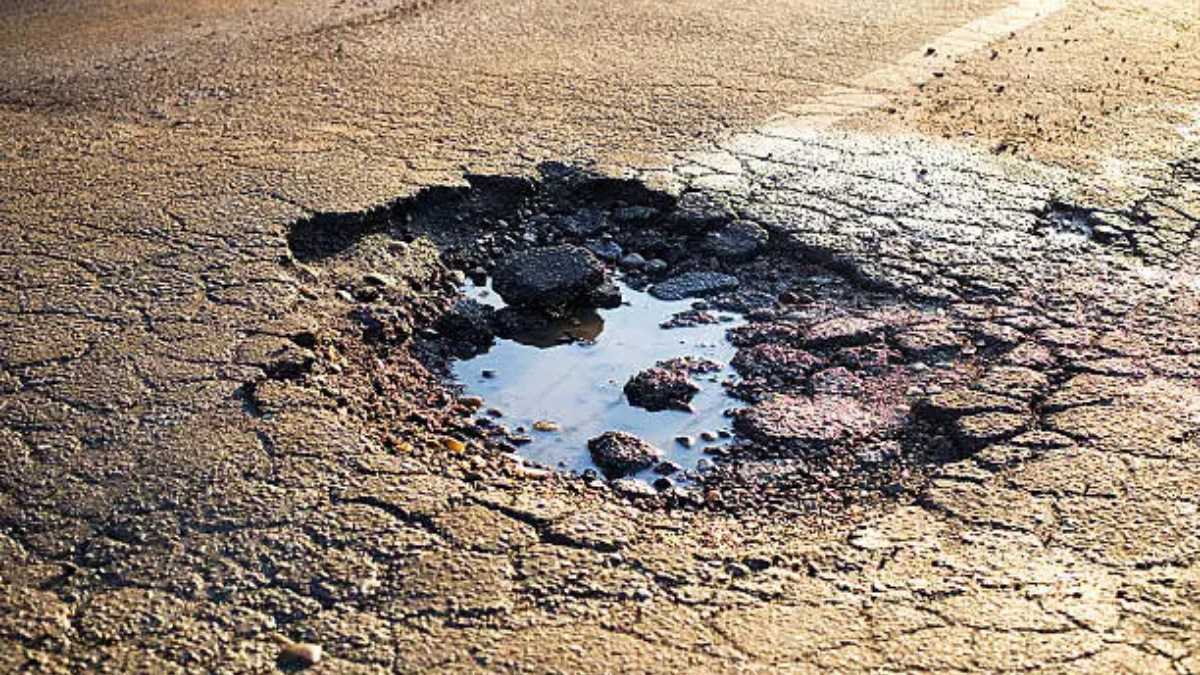Sinkholes in roads are not only a major inconvenience for drivers but also pose serious safety risks. Often appearing suddenly, sinkholes can cause extensive damage to road infrastructure, leading to costly repairs and, in some cases, catastrophic consequences. Understanding what causes sinkholes in roads is essential for preventing these hazards and maintaining road safety.
What Exactly Is a Sinkhole?
A sinkhole is a depression or cavity in the ground that forms when the surface layer collapses into an underground void. This void is typically created by the erosion or dissolution of soluble rock—like limestone, gypsum, or salt—due to water movement beneath the surface. Over time, as water continues to erode these rocks, cavities form, weakening the ground until it collapses under the weight of the surface layer. While natural processes primarily drive the formation of sinkholes, human activities can also contribute to their development.
Common Causes of Sinkholes in Roads
- Water Erosion and Drainage Issues
- Water is one of the primary culprits in the formation of sinkholes. When water from rain, broken pipes, or poor drainage systems seeps into the ground, it erodes the supporting materials beneath the road. Over time, this erosion can lead to the formation of underground voids. If the supporting materials are dissolved away completely, the road surface loses its support and collapses, creating a sinkhole.
- Poor Infrastructure and Maintenance
- Insufficient maintenance and structural weaknesses in road construction contribute significantly to sinkhole formation. When roads are not properly inspected or maintained, cracks can form, allowing water to seep into the layers below. Additionally, substandard materials or inadequate construction techniques may result in roads that are more susceptible to damage over time, eventually leading to sinkholes.
- Underground Pipes and Utilities
- Leaking pipes, sewage systems, or poorly constructed utility tunnels can introduce water into areas that would otherwise remain dry. This additional water accelerates the erosion process and increases the likelihood of sinkholes developing. The continuous flow of water around pipes can create small gaps, which gradually expand, leading to larger voids that compromise the integrity of the road.
- Changes in Groundwater Levels
- Fluctuations in groundwater levels can contribute to sinkhole formation. During periods of drought, groundwater levels may drop, reducing the support for upper layers of soil. Conversely, heavy rainfall can cause a rapid rise in groundwater levels, adding weight and pressure to the ground and potentially leading to a collapse.
- Construction and Excavation Activities
- Large construction projects, particularly those involving excavation or tunneling, can destabilize the soil structure around roads. Heavy machinery, vibrations, and ground disturbances can weaken the soil, creating voids beneath road surfaces. These activities can also divert groundwater flow, which further accelerates erosion and the potential for sinkhole formation.
Preventing Sinkholes: Proactive Measures
Understanding what causes sinkholes in roads allows city planners and construction engineers to take proactive measures to reduce their occurrence. Here are a few strategies that can help prevent sinkholes:
- Regular Inspections and Maintenance: Routine inspection of roads, especially after heavy rains or construction activities, is critical to identifying early signs of erosion or structural weakness. Cracks or unusual depressions should be promptly addressed to prevent larger issues.
- Improved Drainage Systems: Effective drainage solutions can control water flow, preventing water from seeping into the soil beneath roads. Ensuring that drainage systems are functioning correctly is essential to reducing water-induced erosion.
- Quality Construction Standards: Using durable materials and advanced construction techniques can improve the resilience of road structures, making them less susceptible to damage over time. High-quality construction reduces the chances of road collapse and sinkhole formation.
- Monitoring Groundwater Levels: Installing groundwater monitoring systems can help track changes in water levels that might lead to sinkholes. This information can assist in early intervention and minimize the risks associated with fluctuating groundwater.
Conclusion
In summary, understanding what causes sinkholes in roads provides insight into how these dangerous events can be prevented. By addressing the factors that contribute to their formation—such as water erosion, infrastructure quality, and underground disturbances—engineers and city planners can develop safer, more resilient road systems. Ultimately, proactive measures and consistent maintenance are key to safeguarding roadways and protecting public safety.
